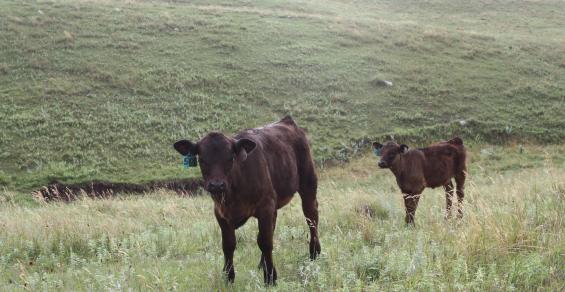Last week, I wrote about a media reporter who called rural America a “core threat to democracy.” This kind of commentary isn’t unique to just one individual; it seems as urban cities grow and rural communities dwindle, it’s becoming increasingly hard to connect today’s modern consumers with the farmers and ranchers who feed the world.
READ: National news reporter calls rural America “core threat to democracy”
Yet, who can blame them? We’ve become so efficient — quietly using fewer natural resources, reducing our greenhouse gas emissions and producing far more food than ever before. There’s no press for these successes. It’s easy to take the abundance of affordable food we have available in the U.S. for granted. Who needs a farmer anyway when I’ve got a Target and a Whole Foods within walking distance of my apartment complex?
That’s the challenge we face. As our nation strives for higher test scores in the classroom, things like tech class and agricultural education have been dropped from the curriculum. Never mind that these subjects offer hands-on learning in the core subjects we are committed to teach. The idea of teaching kids where their food comes from or how electricity works seems silly to some.
In a recent op-ed for the Financial Post titled, “The gulf between farmers and the people they feed is getting dangerously wide,” Toban Dyck describes the predicament that agriculture is facing in modern society.
Dyck writes, “It seems at times that agriculture, in general, is no longer the farmer’s to lose. The public hovers over the kill switch and it’s up to us to convince them to think twice.”
Let that sink in for a minute. We can work hard and utilize smart technologies to become more efficient and better than ever before, but it may not be up to us whether we succeed or fail in the long term. Instead, it’s going to be the mother of three who lives in Chicago, or the Gen Z blogger from New York City, or the middle-aged professor at a liberal arts school in Seattle, or your neighbors who live in the town closest to you.
If they’ve never been to a farm or ranch; if the information they have is received from sensational YouTube videos and libelous blog posts; if emotion trumps science-based decision-making and environmental and animal rights activists are fanning the flames…that tells me that there is an urgency to our advocacy efforts. There’s a need for us to make this a priority — not just for ourselves, but for our children and grandchildren.
So volunteer to host a group of kids to tour the ranch. Get into a classroom and read an agricultural-accurate children’s book. Talk about the issues on social media. Share your photos, your memories and the things you do on a daily basis to produce food for the dinner table. Make connections, build relationships and don’t expect someone else to do the heavy lifting for you.
If we are to succeed, it will be up to every single one of us, or as Dyck aptly says, “If we don’t value dirt, we’re going to lose it to steel. If we don’t expose the next generation to agriculture, we risk falling even further behind. The gulf between those who rule the world and the farmers who feed it is widening, a grave trajectory that is and will continue to negatively affect issues surrounding food security, sustainability and the environment.”
The opinions of Amanda Radke are not necessarily those of beefmagazine.com or Farm Progress.




Leave A Comment